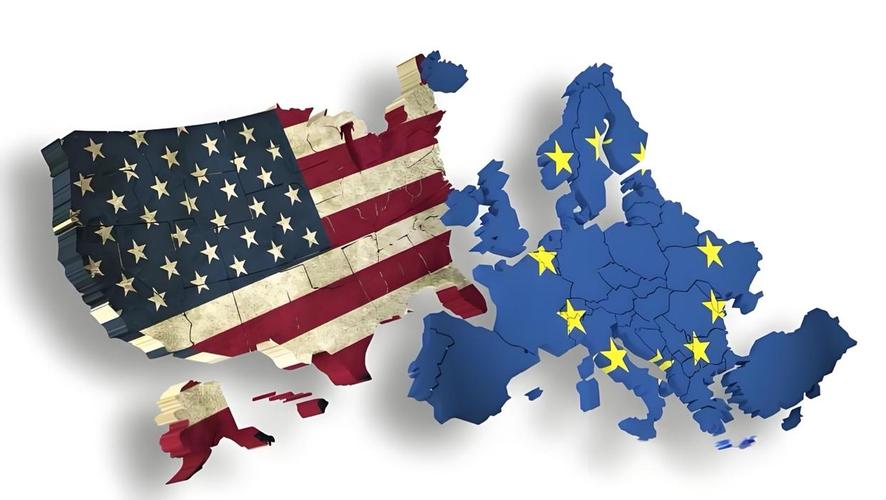
At the end of October 2025, Google's quantum computing achievement published in the journal Nature sent ripples across the tech world that continue to resonate. Its self-developed "Quantum Echoes" algorithm achieved a 13,000-fold performance leap on the Willow quantum chip, completing atomic interaction calculations that the world's top supercomputer Frontier would take 3.2 years to finish—all in just a few hours. More revolutionarily, this breakthrough marks the first time the long-standing credibility dilemma in quantum computing has been overcome, enabling cross-device result verification. Sundar Pichai, CEO of Google, hailed it as "the Apollo moment when quantum computing moves from theory to practice," signaling that this cutting-edge technology has officially bid farewell to the laboratory phase and entered a new track of industrial application.
The core foundation of this breakthrough lies in Google's nearly a decade of technological accumulation in quantum hardware. In 2019, Google first achieved quantum supremacy with its 53-qubit "Sycamore" processor, proving the possibility of quantum computers outperforming classical supercomputers in specific tasks. The Willow chip, launched at the end of 2024, further resolved a critical bottleneck that has plagued the industry for nearly 30 years—the contradiction between qubit scaling and error rate control. In traditional quantum computers, increasing the number of qubits often intensifies environmental interference, leading to an exponential rise in error rates that ultimately renders calculation results meaningless. Through an innovative qubit grid architecture, the Willow chip halved its error rate when scaling from a 3x3 to a 7x7 configuration, achieving a "below-threshold" breakthrough that laid the hardware groundwork for the performance surge. Equipped with 105 qubits, the chip boasts a quantum state retention time (T1 time) of nearly 100 microseconds—five times longer than its predecessor—providing ample time for running complex algorithms.
The innovative design of the "Quantum Echoes" algorithm is another key to this breakthrough. Officially named the "out-of-time-order correlator algorithm," its principle resembles sending carefully encoded "signals" to a quantum system, then amplifying the "echoes" through reverse playback and constructive interference, thereby geometrically enhancing the measurement sensitivity of microscale phenomena such as molecular structures. More importantly, it addresses the long-standing pain point of "unverifiable results" in quantum computing through OTOC (out-of-time-order correlator) quantum observable technology. Previously, quantum computing results were often dismissed as "irreproducible black-box data," but the Quantum Echoes algorithm's calculation process can be repeatedly deduced on different quantum devices with a result consistency of over 99.7%, clearing a core obstacle for its entry into scientific research and industrial applications.
The verification of practical application scenarios makes this technological breakthrough even more milestone-significant. In a collaborative experiment between Google and the University of California, Berkeley, the Quantum Echoes algorithm successfully and accurately analyzed the molecular structures of compounds consisting of 15 to 28 atoms. Traditional analytical methods such as nuclear magnetic resonance (NMR) can only capture the approximate positions of atoms, while quantum computing not only reproduces the same data but also reconstructs the subtle interaction trajectories between atoms—key details that directly determine the binding efficiency of drug molecules to targets and the physical and chemical properties of new materials. In the field of drug development, this means researchers can simulate drug mechanisms at the atomic level, drastically shortening the candidate drug screening cycle. In materials science, quantum computing provides precise simulation tools for the development of new energy batteries, high-performance polymers, and other products, accelerating technological iteration. Hartmut Neven, head of Google's Quantum AI Lab, optimistically predicts: "Within five years, we will see practical applications that are only possible with quantum computers."
This breakthrough has also intensified the global quantum computing race. For a long time, Google, Meta, and Microsoft have formed a tripartite stalemate in the quantum field. Microsoft recently achieved entanglement of 24 logical qubits in collaboration with Atom Computing and plans to deliver fault-tolerant quantum computers to commercial customers in 2025. Meanwhile, Meta, while ramping up investment in AI computing power, is secretly laying out the collaborative optimization of quantum algorithms and classical computers. Google's pioneering practical breakthrough has given it a first-mover advantage in the commercialization process. Currently, Google has reached cooperation intentions with pharmaceutical giant Pfizer and materials company 3M to promote pilot applications of quantum computing in drug development, new material synthesis, and other fields, with plans to launch its first commercial quantum computing service platform in 2026.
However, the industry remains cautious about the large-scale application of quantum computing. Dries Sels, a quantum physicist at New York University, points out that no more efficient classical algorithms have been proven non-existent, and Google's "quantum advantage" still needs to be verified in more complex scenarios. James Whitfield from Dartmouth College argues that technological commercialization also faces multiple challenges such as cost control and device compatibility. Nevertheless, there is no denying that Google's Quantum Echoes breakthrough has broken key technical barriers, setting a development direction for the entire industry to shift from "pursuing computing power" to "solving problems."
From theoretical concept to practical tool, Google's quantum breakthrough has not only rewritten the development course of quantum computing but will also profoundly impact the pattern of the tech industry. As quantum computing finds applications in critical fields such as biomedicine, new materials, and energy, an industrial transformation driven by a computing power revolution is quietly brewing—and the sound of "quantum echoes" is the overture to this transformation.

Since 2025, the conflict between the United States and Europe over the governance of the digital economy has continued to escalate.
Since 2025, the conflict between the United States and Euro…
When German Chancellor Mertz officially announced that he w…
On December 3rd local time, the copper price on the London …
The European Commission announced a new economic security s…
The European Commission announced a new economic security s…
For nearly a year, US President Donald Trump has launched a…